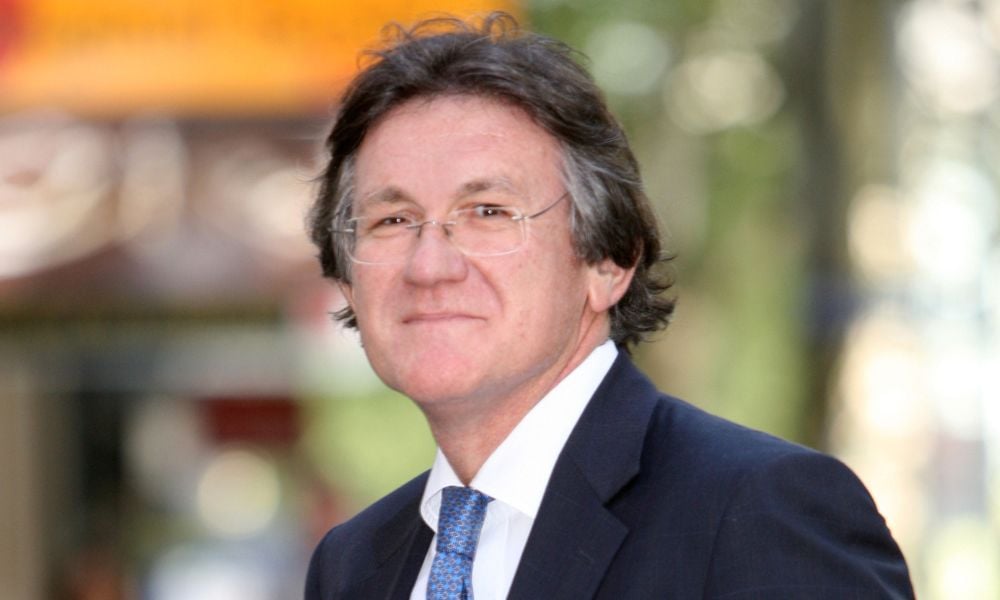Rental growth also remains elevated across much of the country

The NAB Residential Property Index has experienced a notable upward trend, according to the bank’s latest residential property survey.
The trend reflects growth in dwelling values across all capital cities and regional areas, with the exception of Melbourne, over the three-month period ending in December. Rental growth has also remained elevated across much of the country. The index surged to +46 in Q4, up from +40 in Q3 and +5 at the same time last year, marking its highest level since Q1 2022 and trending well above the average (+18).
However, beneath the headline gains, there are diverse conditions across states. The state index declined further into negative territory in Tasmania (-63) and the Australian Capital Territory (-42), and softened in the Northern Territory (+25), Victoria (+29), and South Australia (+41). Conversely, conditions were stronger in New South Wales (+44), Queensland (+54), and Western Australia (+96), with the latter exhibiting the highest conditions in the country, supported by robust capital and rent growth.
Confidence rises
Confidence levels saw an uptick in Q4, with expectations for a housing market recovery also slightly higher in the next few years, the survey found. NAB's one-year confidence measure rose to +55, and the two-year measure to +56, reaching their highest levels in two years and surpassing long-term survey averages. Property professionals in WA expressed the highest confidence about the future, while those in TAS were the least optimistic.
Despite a slowdown in quarterly dwelling price growth to 1.5% in Q4 (from 2.1% in Q3) according to CoreLogic data, average survey forecasts for national prices were revised upward to 1.8% in the next 12 months and 2.6% in 2 years’ time. Expectations for stronger growth in the next year were particularly notable in WA (6.0%), QLD (2.7%), and NSW (1.3%).
Rental markets
The Q4 NAB survey indicated that a significant number of property professionals characterised rental markets in their local areas as undersupplied.
Average survey forecasts for rent growth in the next 12 months and 2 years’ time rose to 3.9% in Q4, with positive expectations in most states, led by WA (5.8%), NT (3.9%), NSW (3.9%), VIC (3.8%), and QLD (3.5%).
Market share
The market share of all first-home buyers in new property markets increased to 31.8% in Q4 from a near 8-year low of 30.3% in Q3, although it remained below average. The share of sales to owner-occupiers (net of FHBs) slipped to 38.5% in Q4 but remained above average. The market share of total sales to domestic investors rose to 17.7%, still below levels seen in Q1 2022, prior to the commencement of the current interest rate cycle in May 2022.
Construction cost indices continued to grow, with 75% of survey participants identifying construction costs as a barrier to starting new residential projects in Q4. Rising interest rates were also identified as a barrier by a higher number of participants, particularly in VIC. Delays in obtaining planning permits were cited as a barrier by nearly half of the participants overall, with higher percentages in QLD and NSW.
Read next: NAB CEO reveals 2024 outlook
In established housing markets, owner-occupiers (net of FHBs) continued to account for the majority of sales, although their overall share fell to a below-average 43.8% in Q4. The share of FHBs rose to an above-average 34.2%, while the share of local investors in the market fell to 16.8%.
The market share of foreign buyers in new housing markets in Q4 rose to a 6½-year high of 11.0%, reflecting an increase in market share in NSW (15.0%) and WA (14.2%). However, the market share of foreign buyers in VIC fell to 10.0%, and remained below average in QLD at 6.3%.
NAB’s view
“Our outlook for property prices is broadly unchanged,” said Alan Oster (pictured above), group chief economist at NAB. “We expect dwelling prices across the capital cities to grow by around 5% this year and 4% next year. The common factors supporting prices across the states are likely to persist in the near term, while an eventual easing in interest rates will add additional support further out as the labour market softens somewhat.
“More broadly, the economy remains healthy, though growth slowed sharply in H2 2023,” Oster said. “We continue to see a relatively soft landing for the economy with inflation moderating without the RBA having to drive a more significant downturn, and while unemployment is expected to rise to around 4.5% it will remain close to a level consistent with ‘full-employment’. That will allow the RBA to begin normalising rates in late 2024, cutting the cash rate by around 125bps over 2025.”
Have something to say about this story? Let us know in the comments below.



